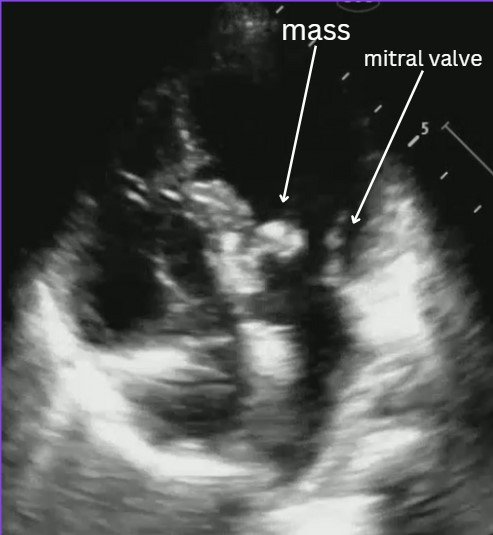HPI: 3 yo female with no PMH presenting for L sided facial pain and swelling x 1 day.
POCUS of affected side showed:
Note the hypoechoic spots within the gland that give it a “moth eaten” appearance. This is a classic finding in parotitis. Note the dilated ducts within which may represent a distal sialolithiasis.
Note nearby lymph nodes above.
Contralateral side for comparison:
Signs of parotitis on POCUS:
Enlarged, heterogeneous gland compared to contralateral side
Increased vascularity/color flow
Duct dilation
Increased quantity of surrounding lymph nodes
Case conclusion: The patient was diagnosed with likely viral parotitis. She was well appearing with no fever, overlying cellulitis, or trismus and was discharged with Pediatrician follow up!
Happy Scanning!
The US Team
Learn more:

